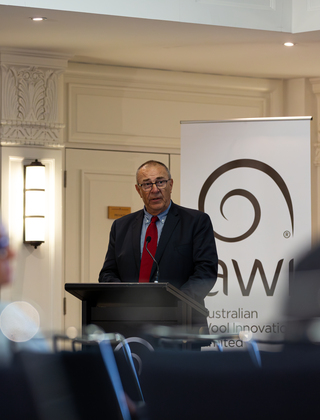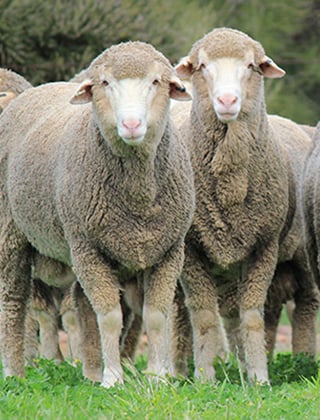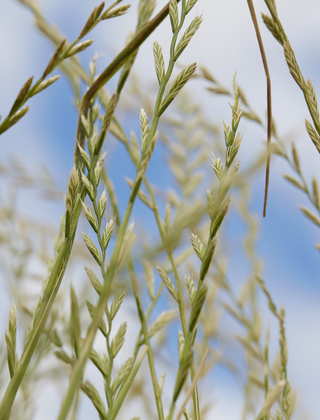Australian shorn wool production forecast of 340 Mkg greasy for 2022/23
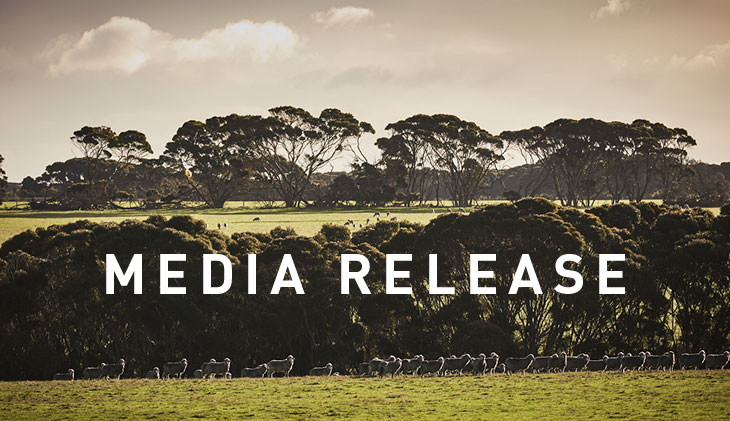
The Australian Wool Production Forecasting Committee (AWPFC) has updated its forecast of shorn wool production for the 2022/23 season. This third forecast is for production of 340 million kilograms (Mkg) greasy, unchanged from the September forecast, and a 5.0% increase on the 2021/22 estimated shorn wool production of 324 Mkg greasy.
-
The latest Australian Wool Production Forecasting Committee’s forecast of shorn wool production for 2022/23 remains at 340 Mkg greasy, up 5.0% on the 324 Mkg greasy estimate for 2021/22. Shorn wool production is expected to increase by between 3.2% (New South Wales) to 13.5% (Queensland)
-
The number of sheep shorn is forecast at 74.9 million head, up 4.6%.
-
Average cut per head is forecast to increase slightly to 4.54 kg greasy.
The Australian Wool Production Forecasting Committee (AWPFC) has updated its forecast of shorn wool production for the 2022/23 season. This third forecast is for production of 340 million kilograms (Mkg) greasy, unchanged from the September forecast, and a 5.0% increase on the 2021/22 estimated shorn wool production of 324 Mkg greasy.
Committee Chairman, Stephen Hill said that "above average to highest on record rainfall deciles throughout most wool producing regions has produced abundant pasture feed contributing to a further rebuilding in the Australian sheep flock and high fleece weights. Australian flock numbers are forecast to increase by 4.6% year on year, with the number of sheep shorn rising to 74.9 million head during 2022/23 – the highest since 2017/18”.
However, the season is not without its challenges. Continued wet conditions with lower average temperatures have negatively impacted pasture feed quality with many producers facing difficulties in accessing waterlogged or flooded paddocks to manage their sheep flocks and pasture. The wetter season has increased the hazard posed by internal and external sheep parasites which has negatively impacted on sheep production, especially younger sheep.
Despite the challenging seasonal conditions, the October 2022 Sheep Producers Intentions Survey indicated that sheep producers are cautiously optimistic about the wool sector. However, their optimism is tempered by an expectation that accessing labour would become more difficult and input costs will rise over the upcoming 12 months.
The climate conditions are also distorting shearing patterns, wool receivals and AWTA test figures. The large number of rainy days during spring and early summer has delayed shearing due to wet sheep and difficulties in keeping sufficient dry sheep for shearing to continue. Delays are also occurring in logistics between the farm-gate and broker stores resulting in AWTA test volumes being lower than expected in the first half of the season. July to November 2022 AWTA key test data indicates wool quality is very similar to last season, although vegetable matter content is expected to increase as the season progresses. Average cut per head is forecast at 4.54 kg greasy, a 0.4% increase on the level estimated for the 2021/22 season.
Table 1: Summary of Australian wool production
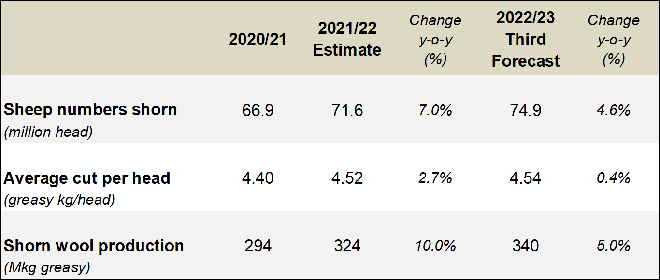
Note: Totals may not add due to rounding.
Table 2: Total shorn wool production by state

Note: Totals may not add due to rounding.
Table 3: AWTA key test data for 2021/22 and 2022/23 (July to November)
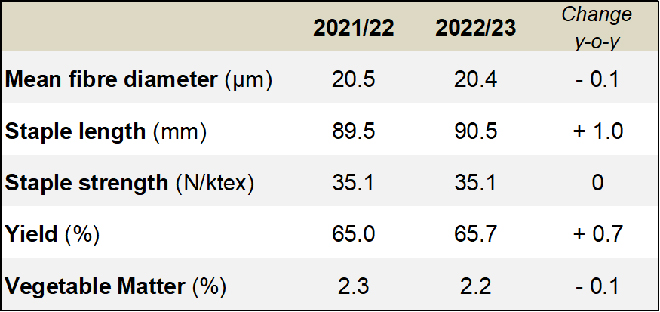
The National Committee drew on advice from the six State Committees, each of which includes growers, brokers, private treaty merchants, sheep pregnancy scanners, representatives from State Departments of Agriculture and the Australian Wool Testing Authority. Data and input were also drawn from AWEX, wool exporters, the Australian Bureau of Statistics, ABARES, and Meat and Livestock Australia.
The full forecast report will be available on the AWI website at www.wool.com/forecasts from 23rd December 2022.
Released by:
Kevin Wilde
Australian Wool Innovation, General Manager, Consultation and Engagement
Mobile: +61 436 031 277






